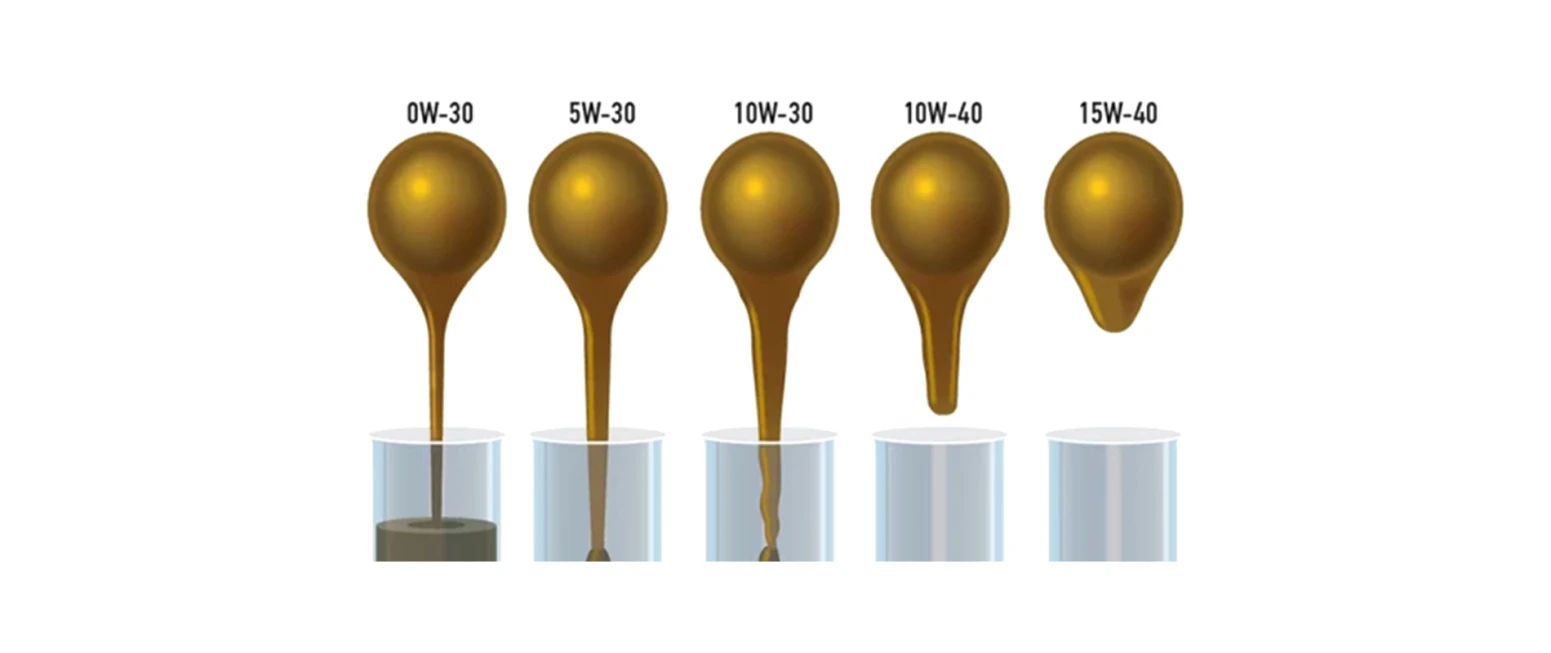-
-
What do the letters on lubricant bottles mean?
Lubricants are used to create a protective layer on engine components to reduce friction. This reduces wear and extends the car's useful life. Oil viscosity is very important and is affected by temperature. Therefore the first three letters you need to know are SAE, the acronym of the Society of Automotive Engineers. This society is responsible for establishing a classification system based solely on oil viscosity. To classify the oils, their viscosity is measured in cold conditions at different temperatures below zero, and then in hot conditions at 100ºC. Using this base measurement, the oils are split into monograde or multigrade. Monograde oils: suitable for specific temperatures What's special about using monograde oils? Changing oil during the seasons when weather conditions are at their most extreme (winter and summer). In summer you need more viscous oil because the heat makes it more liquid. In contrast, in winter you need a less viscous oil to make cold starts easier. Therefore, on the bottles of this type of oil, after the SAE you'll find the letter W (from Winter) and a number indicating the oil's viscosity at low temperatures. An oil with a low SAE W number will flow better, making cold starts easier and reducing engine wear. However, if instead of a W you see numbers between 20 and 60, this refers to the oil's viscosity at hotter temperatures. The higher the number, the higher the viscosity, meaning a denser lubricating film and, in principle, greater protection for moving mechanical components coming into contact. However, high viscosity at high temperatures does not mean better lubrication for the vehicle, as excessive viscosity causes more internal friction and poorer engine performance. Multigrade oils: suitable for a wide range of temperatures These oils comply with two SAE grades and can be used at a wide range of both high and low temperatures. Therefore, on this lubricant, you'll see two numbers separated by a hyphen. One letter will be followed by a W, indicating the oil's viscosity in cold temperatures. These oils don't need changing according to the seasons, just whenever it's time for an oil change, as they are not affected by temperature in the same way as monograde oils. The number before the W shows the oil's viscosity at cold temperatures and the other number its viscosity at higher temperatures. As a general rule, it is very important to follow the instructions given by the engine manufacturer which determine the most appropriate oil viscosity grade for lubricating the engine. The choice depends on the engine design, external temperatures, and what the vehicle is used for.
-

